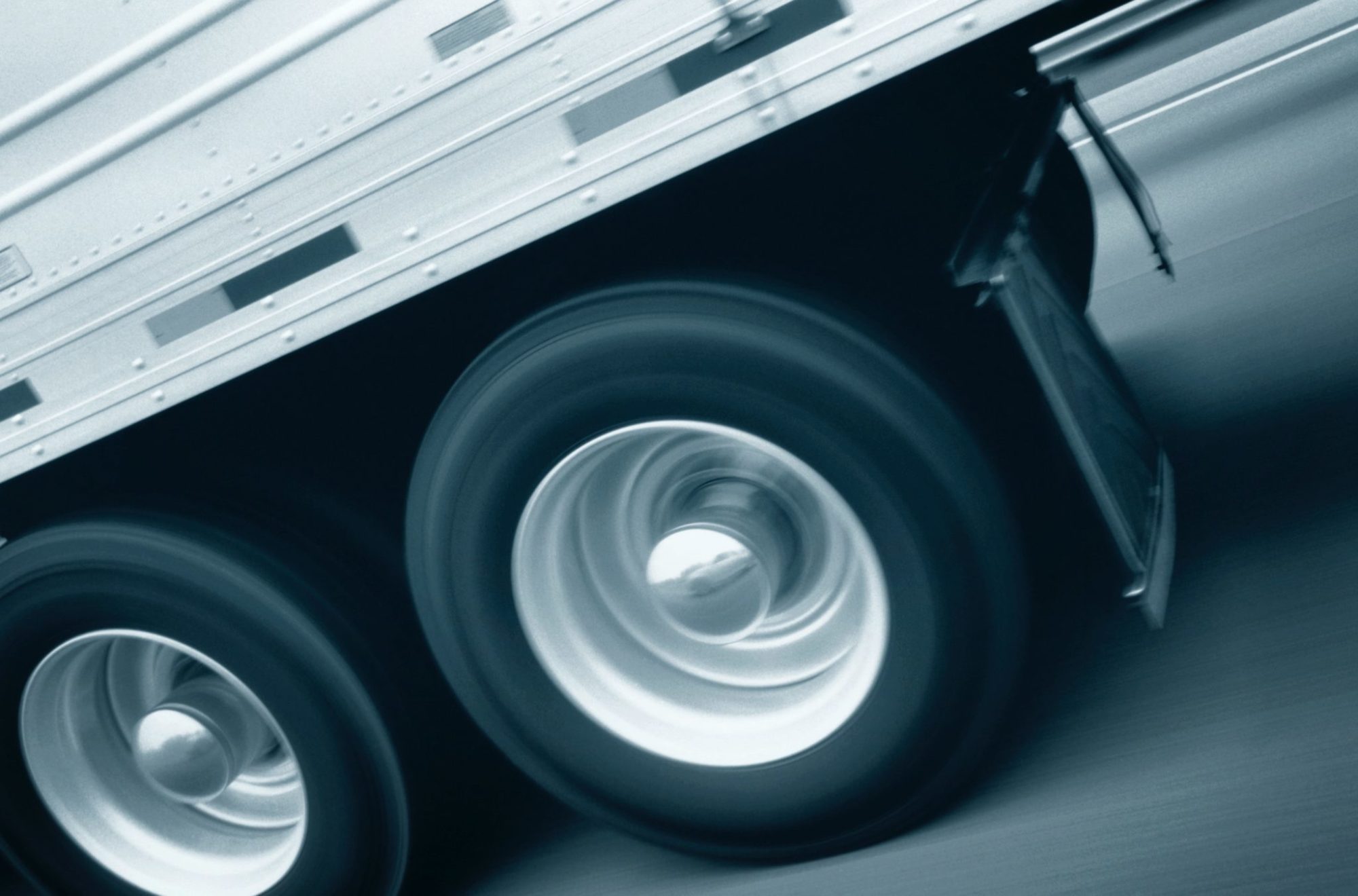Fuel-saving differences where the rubber meets the road

Premier Bulk Systems runs on wide-base single tires. Director of fleet operations Derek Varley chose to go with Michelin X-Ones, on both power units and trailers. He opted for the more aggressive XDM2 tread pattern on the drive tires, sacrificing a bit of fuel economy for better traction in the winter months.
Colin Rafferty, senior account manager for Kal Tire, explains the economic benefits of wide-base singles. “Typically, one of these tires costs about as much as a set of duals, so there is no savings on that end. But right off the bat you save about 200 lbs per axle and that’s something that interests bulk haulers as they can carry more product.”
Rafferty says that approximately 35% of fuel consumption is lost overcoming rolling resistance.
“So, for every 1% of fuel savings, rolling resistance has to be decreased by 3%. To get a 4% fuel savings, you have to reduce the rolling resistance by 12%,” he explains. “A 4% fuel savings means that a truck getting 6 mpg would be getting 6.24 mpg. This is a huge number for big fleets that spend millions on fuel.”
No question, wide-base single tires have earned their place in the industry, and many fleets are adherents. But replacement tires may be difficult to source in the event of a blow-out, and wide-base tires suffer a higher rejection rate when sent for retreading. According to Rafferty, “It’s absolutely essential to run them at the correct air pressure to avoid premature wear.”
Michelin was the first to introduce wide-base tires more than 15 years ago. Since that time, most major tire manufacturers have come out with their own versions. But at the same time, dual tires have made great strides in the last few years.
“There was a bigger difference in fuel economy back then,” says Ryan Burke, general manager of The Tire Terminal in Mississauga, Ont. “Manufacturers are making much better tires now, with wider treads, and better compounds that can achieve fuel savings that are coming closer to what wide-base manufacturers are claiming.”
Burke suggests that those fleets thinking of changing over to wide-base singles might consider instead, the new generation of duals.
“I think singles have hit their peak,” he claims. “I don’t think they are going to continue to grow in popularity. They’re at a plateau and they’re going to stay there.”
Have your say
This is a moderated forum. Comments will no longer be published unless they are accompanied by a first and last name and a verifiable email address. (Today's Trucking will not publish or share the email address.) Profane language and content deemed to be libelous, racist, or threatening in nature will not be published under any circumstances.